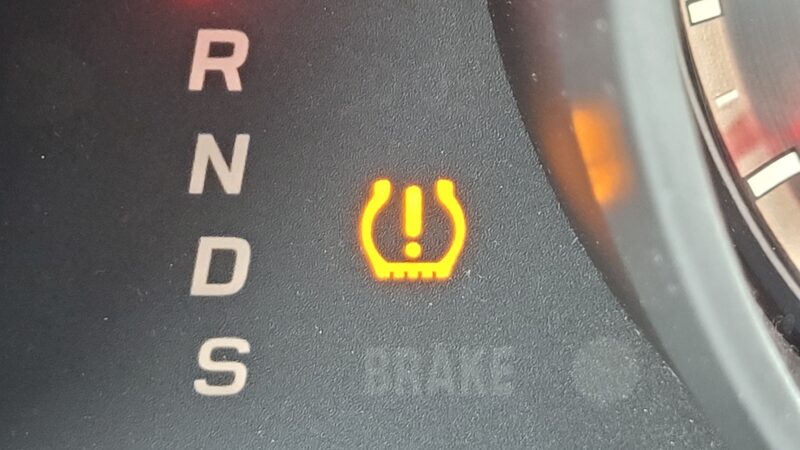
What is the big deal about tire pressure? What should I even care?
Tire pressure is important for several reasons. The first is that tires are designed to operate at a certain pressure measured in PSI or pounds per square inch. The tire’s structure is supported by the air pressure. If this pressure gets too low the tire cannot support the weight of the vehicle and therefore will feel squishy and unstable and want to roll over on turns. When this happens, the side wall can come in contact with the road, damaging the side wall because the side wall was not designed to contact the ground. A tire that is low on air pressure will squish down and create heat when you are driving. This heat can degrade the structure of the tire causing internal damage and eventually a blowout. If the pressure gets super low the tire may come off the wheel.
If the tire is over inflated, the tread surface becomes rounded and the contact patch(the part of the tire that contacts the road) shrinks which can create a loss of traction. An overinflated tire will ride on the center of the contact patch and where that part faster than the outer shoulder of the tire which dramatically reduces tire life.
That being said, there may be times when you want reduced tire pressure or increased tire pressure. For instance, if you increase your tire pressure by 3 to 5 PSI, you can experience slightly better fuel economy, however this will come with a slight reduction in the overall life of the tire. Another reason you may want higher tire pressure is because you are carrying a load or towing a trailer. If you are carrying a heavy load this can cause the tire to compress and, just like having low air pressure, can cause excess heat and wear. By inflating the tire more you can prevent these problems.
There are also reasons why you may want to lower your tire pressure. If you are driving off road in soft terrain, lowering the tire pressure can make the contact patch of the tire larger spreading out the weight of your vehicle over a larger area. This can help you “float” on top of the sand, snow, or mud. If you get stuck, lowering the tire pressure can also help you get the vehicle unstuck by giving you more traction. If you do this remember to increase your tire pressure back to factory settings when you get back to the paved road.
Rogers Mobile Lube & Tire recommends checking your tire pressure at least weekly. You can always find the recommended tire pressure for your vehicle on the inside panel of the driver door or in your owner’s manual. Maintaining your vehicles alignment shock absorbers and tire pressure will help you get a long happy life out of your tires.
Authored by: Riley Rogers

